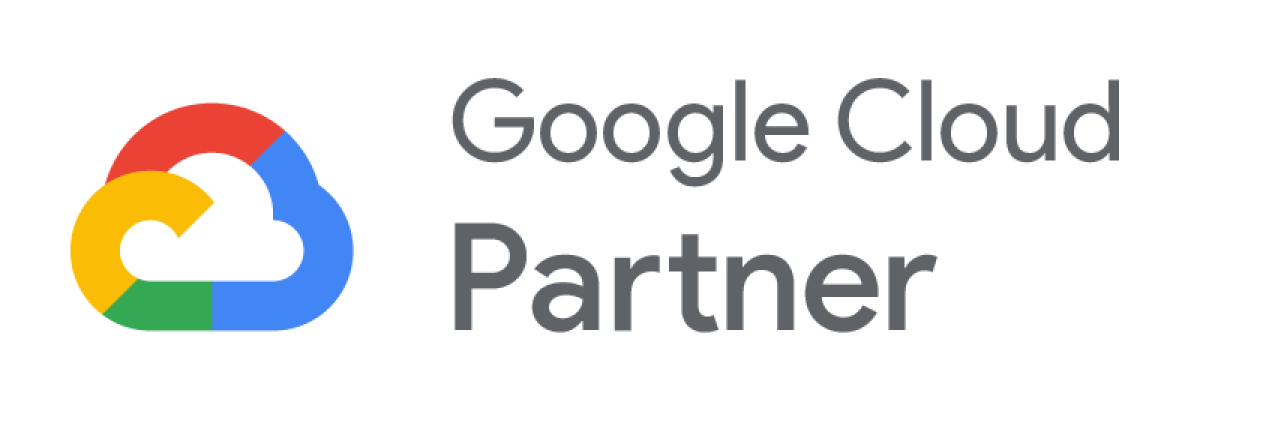Jellyfish is committed to providing world-leading Cloud-based Training solutions that help clients succeed. In this course, we discuss challenges with data integration and the need for a data integration platform.
You’ll learn how Cloud Data Fusion can help to effectively integrate data from a variety of sources and formats, as well as generate insights. We’ll take a look at Cloud Data Fusion’s main components and how they work, how to process batch data and real-time streaming data with visual pipeline design, rich tracking of metadata and data lineage, and how to deploy data pipelines on various execution engines.
Our Data Integration with Cloud Data Fusion course is available as a private training session that can be delivered via Virtual Classroom, at our training centre in The Shard, or at a location of your choice in the UK.
Course overview
Who should attend:
This course is primarily intended for data engineers and data analysts who use the Google Cloud platform.
What you'll learn:
By the end of this course, you will be able to:
- Identify the need of data integration
- Understand the capabilities Cloud Data Fusion provides as a data integration platform
- Identify use cases for possible implementation with Cloud Data Fusion
- List the core components of Cloud Data Fusion
- Design and execute batch and real-time data processing pipelines
- Work with Wrangler to build data transformations
- Use connectors to integrate data from various sources and formats
- Configure execution environment; Monitor and Troubleshoot pipeline execution
- Understand the relationship between metadata and data lineage
Prerequisites
To get the most out of this course, you should have completed the Google Cloud Fundamentals: Big Data and Machine Learning course or have the equivalent knowledge and experience.
Course agenda
- Introducing the course objectives
- Data integration: what, why, challenges
- Data integration tools used in industry
- User personas
- Introduction to Cloud Data Fusion
- Data integration critical capabilities
- Cloud Data Fusion UI components
- Cloud Data Fusion architecture
- Core concepts
- Data pipelines and directed acyclic graphs (DAG)
- Pipeline lifecycle
- Designing pipelines in Pipeline Studio
- Branching, merging and joining
- Actions and notifications
- Error handling and macros
- Pipeline configurations, Scheduling, Import and Export
- Schedules and triggers
- Execution environment: Compute profile and provisioners
- Monitoring pipelines
- Wrangler
- Directives
- User-defined directives
- Understand the data integration architecture
- List various connectors
- Use the Cloud Data Loss Prevention (DLP) API
- Understand the reference architecture of streaming pipelines
- Build and execute a streaming pipeline
- Metadata
- Data lineage
- A summary of what was learned and covered in the course



 2 day course
2 day course
 Partner of the Year
Partner of the Year
 Private
Private